Training and
Performance
Revolutionizing Physical Therapy, one success story at a time.
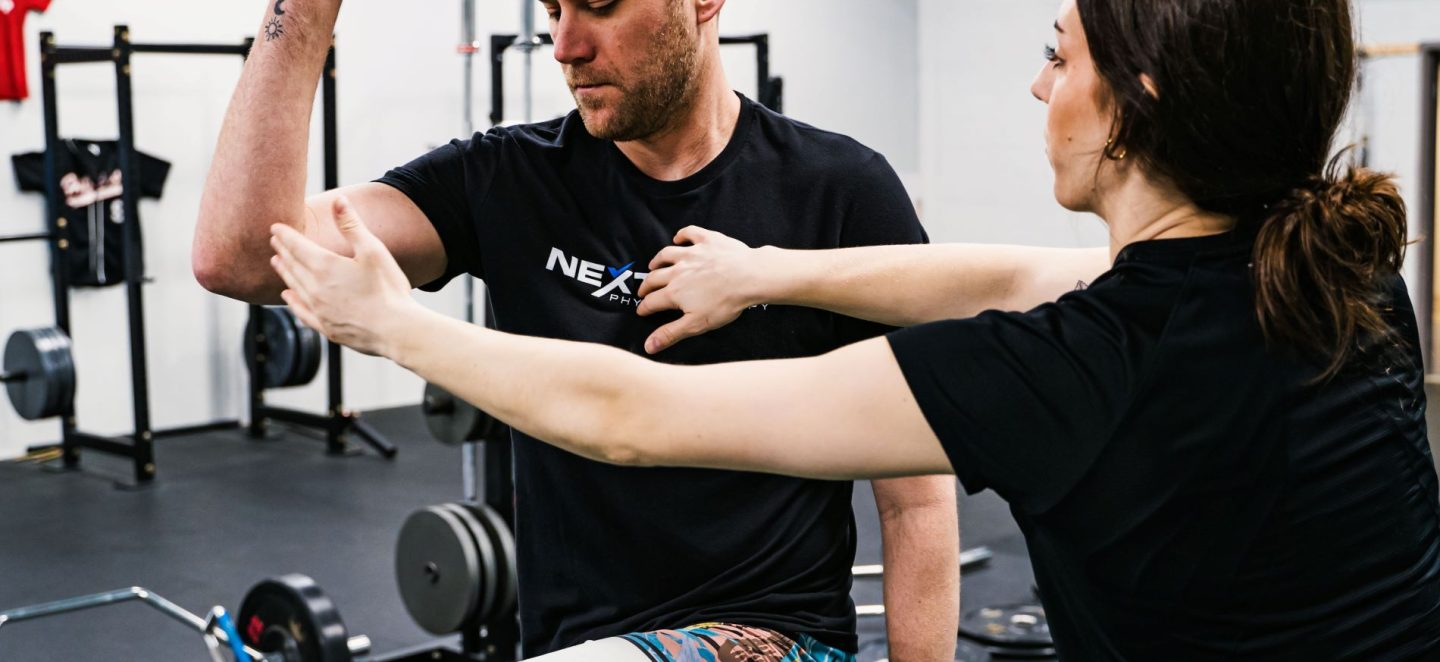

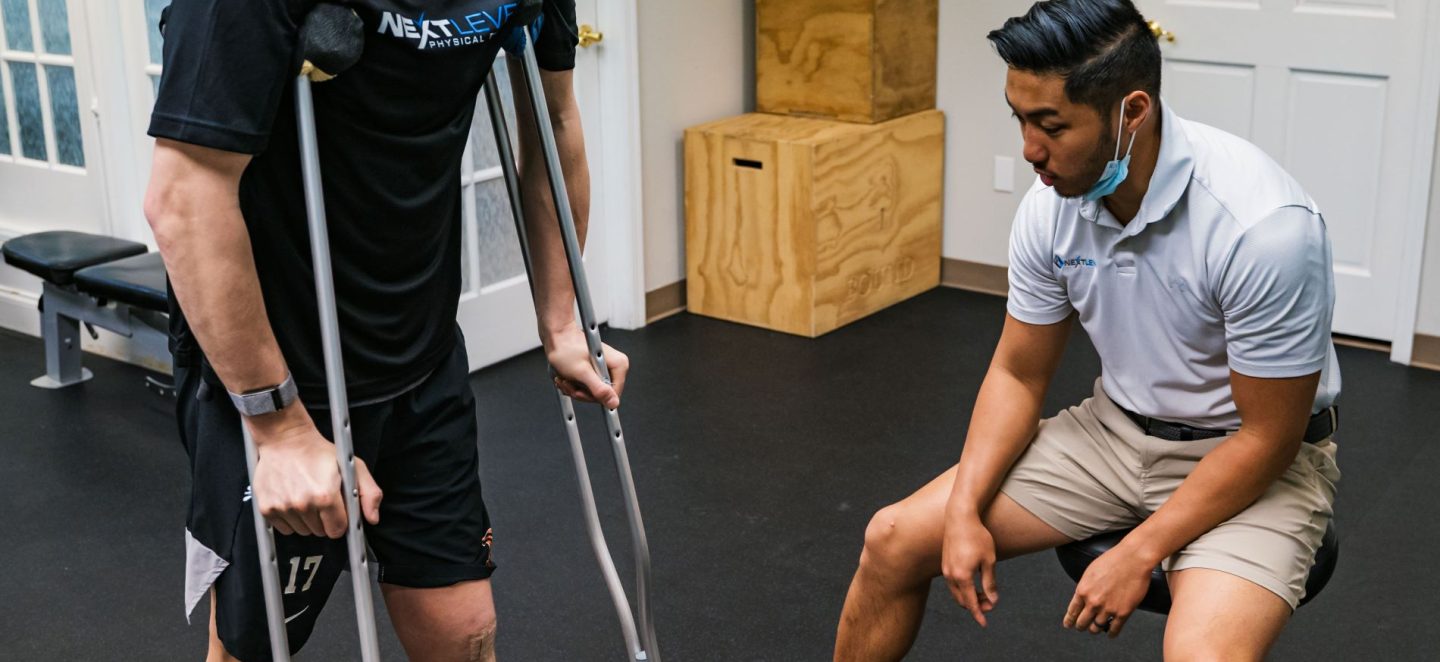
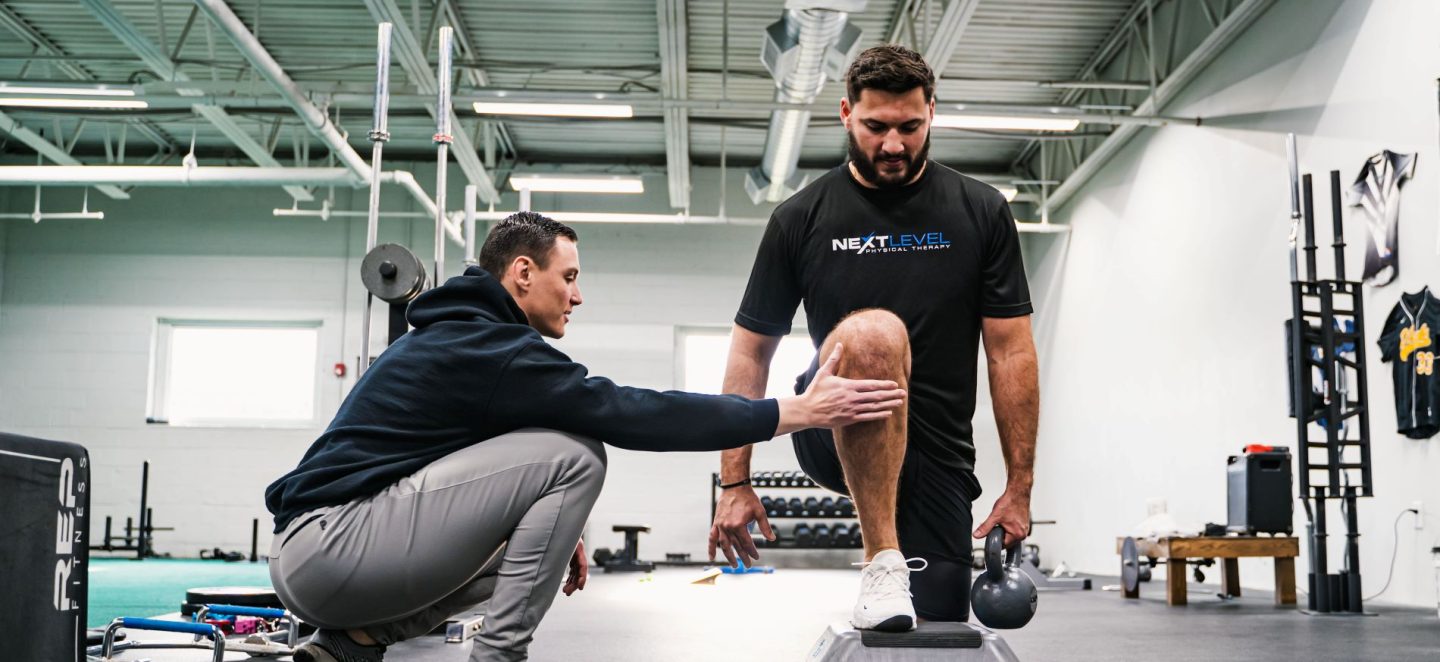
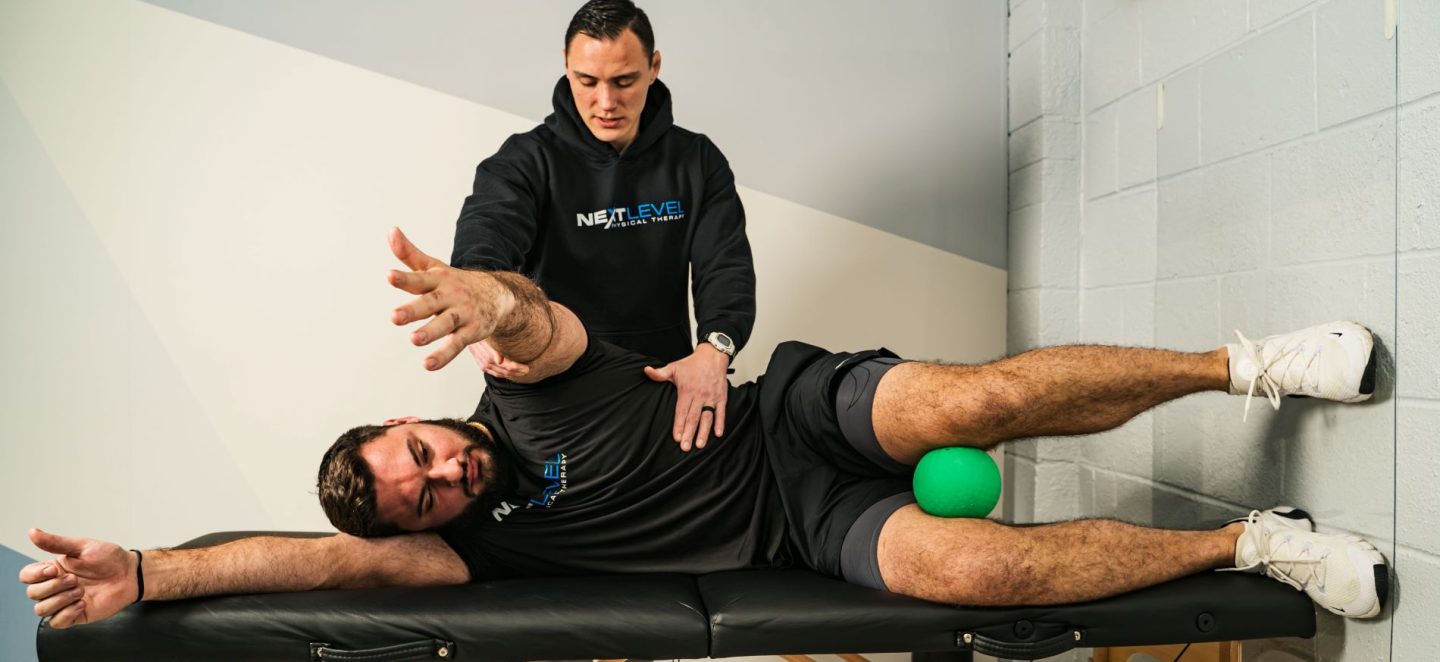
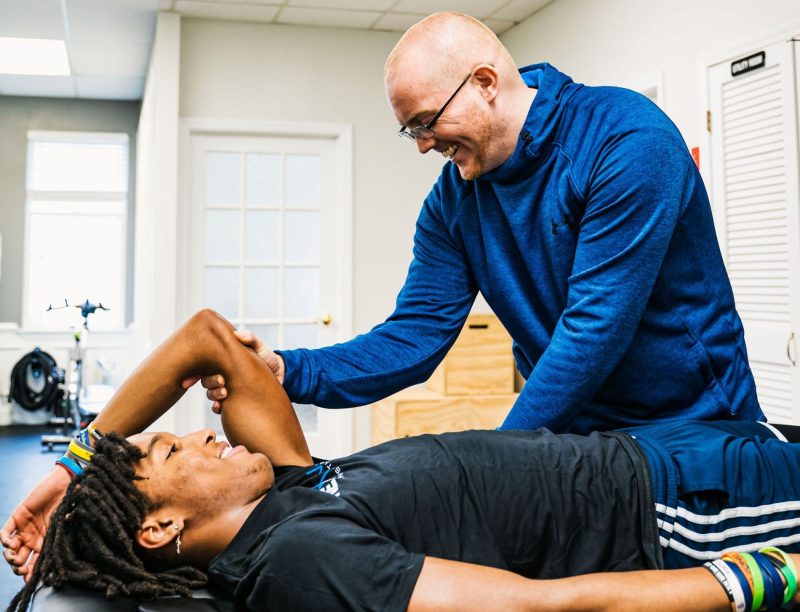
Spending 20 minutes laying down with a heating pad…
Doing cookie-cutter stretches with minimal guidance…
Waiting your turn while your therapist bounces between multiple patients…
That’s not care. That’s a factory.
You deserve focused, one-on-one treatment that gets to the real root of your pain. And if you’re ready to break free from the old model,
“Lasting transformations are built on the bedrock of a solid foundation, sound strategy, and great execution.” – Dr. Mike PT, DPT / Co-Founder
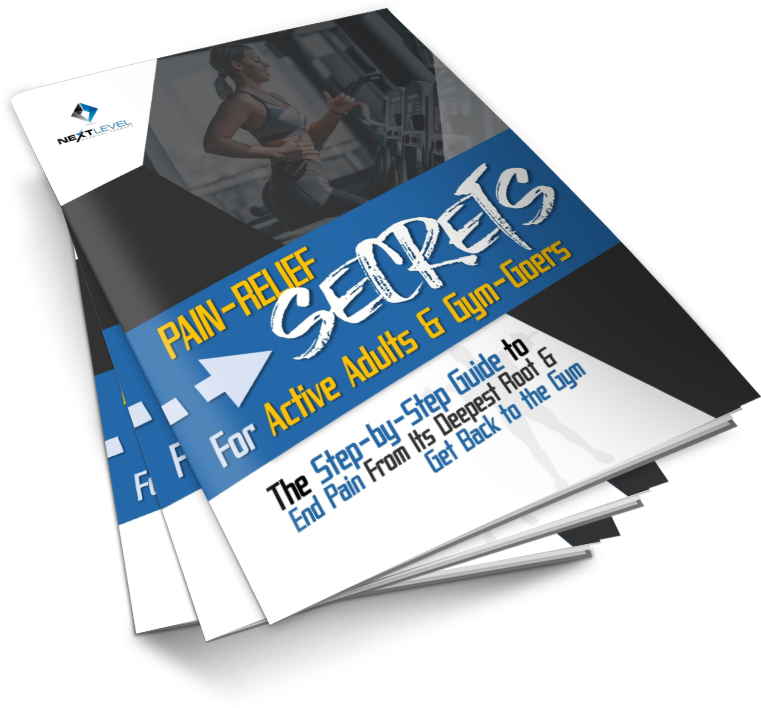
Pain is the result of a weakness in your foundation.
Regardless of location, severity, and age, recovery relies on 4 key foundations.
This is our “4 Pillars of Recovery.”
Failure to address each pillar leads to pain and poor results. Long-term pain relief only happens when each pillar is strengthened at the right time.
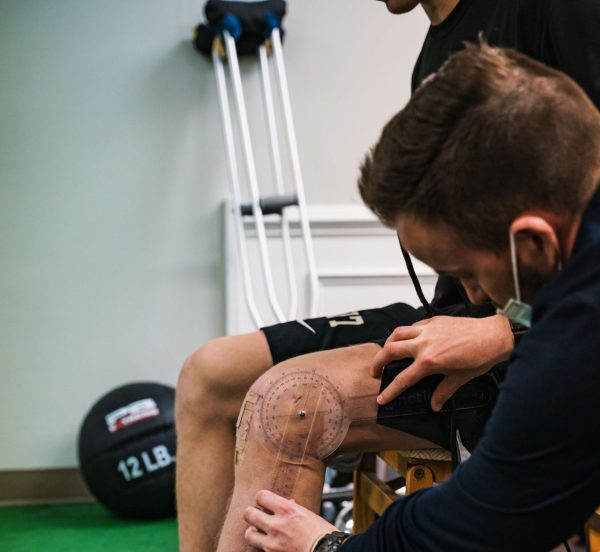
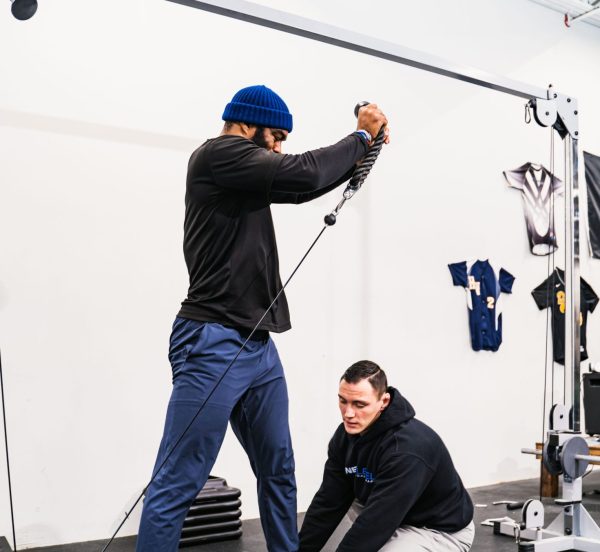
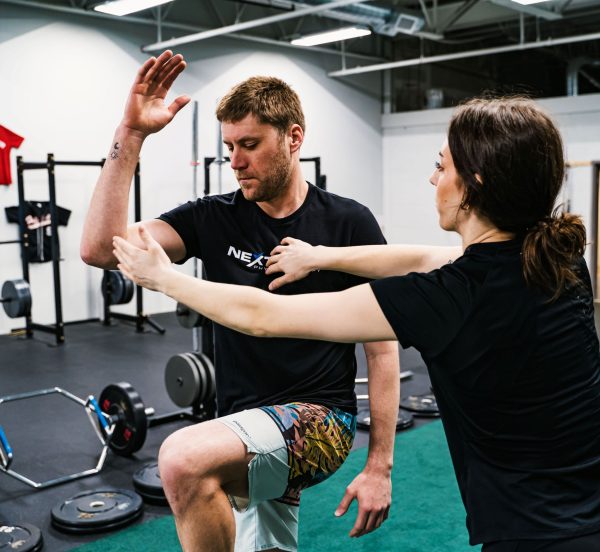
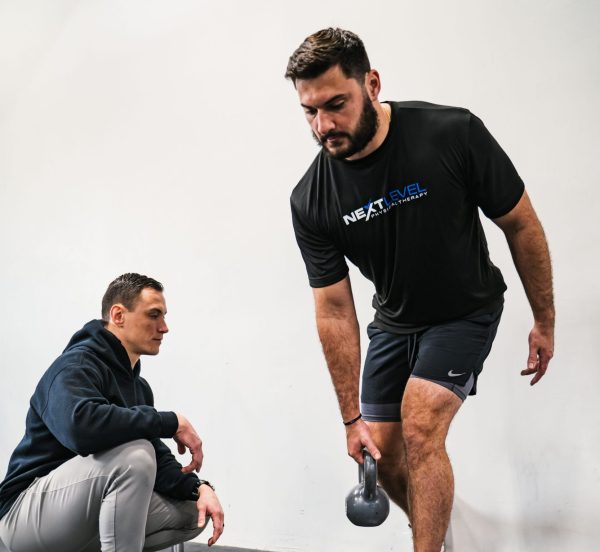
We start with the end in mind so that your treatment has intent and purpose.
We get clear on your goals and what you want to achieve from the start.
We implement our 7 Level System to identify the root cause of your pain and develop a personalized treatment plan that is solely focused on your goals.
The system has transformed lives from professional and Olympic level athletes, to the everyday fitness enthusiast.
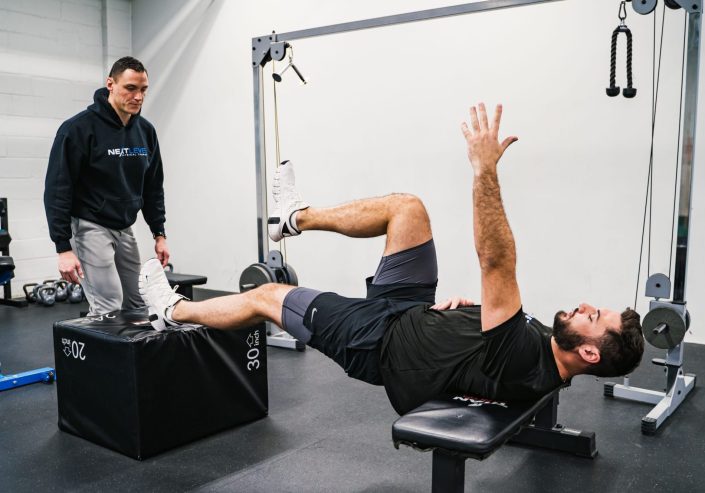

Sound strategy with precise execution results in lasting transformation.
We have tested the most effective treatments and combined the most proven methods.
What we’ve created is a world-class treatment system where you’ll feel a difference at each session, one where you’ll have deep-rooted pain-relief at the end.
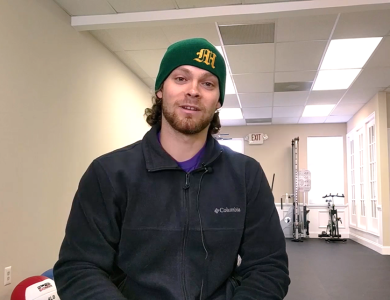
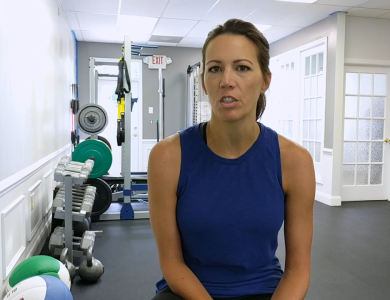
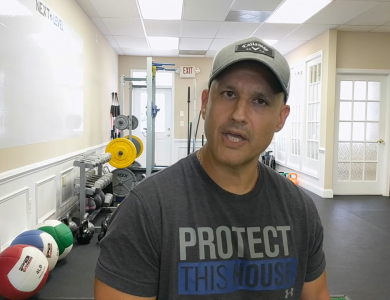
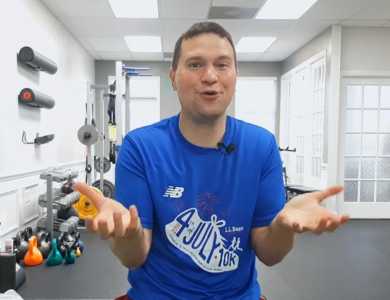

Simply put: If you’re looking for hands-on, personal, and evidence based treatment, Next Level Physical Therapy is the place for you. If you are looking for hectic, “you’re just a number” therapy, try else where.

Dr. Mike gets to the root of the problem. I had chronic pain in both knees for over 18 months. Now I can run with my kids, kneel on the floor to change a diaper, and move without pain after a quick warm up.

I have tried physical therapy more than five times. 20 years of pain killers allowed me to work, but still did not kill the pain. I was in a desperate situation with quality of life. Finally Dr. Artem listened to me…